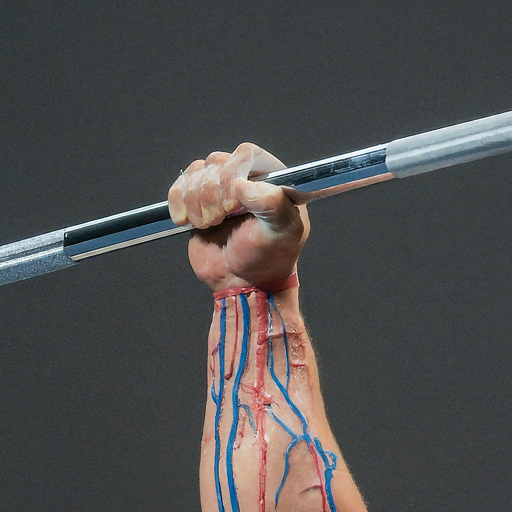
Role of Nervous System in Sports Performance
In the world of fitness, achieving peak performance isn’t just about physical strength—it’s also about understanding and optimizing your nervous system. Imagine your body as a high-performance vehicle, with your nervous system as the intricate electrical system controlling every function. Just as a well-tuned engine powers a car to its full potential, your nervous system plays a vital role in unlocking your true strength.
To delve into the core of our body’s electrical wiring and uncover its impact on sports performance, we turn to Tim Anderson, a leading expert in strength training. With insights from Anderson, let’s explore how understanding and optimizing your nervous system can elevate your athletic performance.
Understanding Your Nervous System
Your nervous system serves as the command center for every movement, from lifting weights to running sprints. Comprising the central nervous system (CNS) and peripheral nervous system (PNS), it coordinates every aspect of your workouts. Think of the CNS as the boss, making decisions, while the PNS carries out these orders. Together, they ensure seamless communication between your brain and muscles, laying the foundation for strength expression.
Also Read: Timeless Charm of Nautical Stripes in Fashion
Balancing Sympathetic and Parasympathetic Nervous Systems
The sympathetic and parasympathetic nervous systems, branches of the CNS, play complementary roles in regulating your body’s response to exercise. The sympathetic system, akin to a turbo button, activates during intense workouts, pumping adrenaline and enhancing performance. Conversely, the parasympathetic system, or recovery mode, facilitates rest, digestion, and muscle repair post-exercise.
Balancing these systems is crucial for maximizing strength potential. Living in a constant state of sympathetic arousal can hinder strength gains, emphasizing the importance of integrating recovery strategies into your training regimen.
Practical Tips for Strengthening Your Nervous System
Incorporate High-Intensity Interval Training (HIIT): HIIT workouts stimulate the sympathetic nervous system, improving its responsiveness to high-intensity efforts. By alternating between intense exercise and recovery periods, you train your body to adapt and perform more efficiently during workouts.
Practice Deep Breathing Exercises: Engage the parasympathetic nervous system through deep breathing exercises, promoting relaxation and recovery. Techniques like the 4-7-8 method can help shift your body into a restful state, enhancing recovery and reducing stress.
Also Read: Ramadan 2024 Commences with Crescent Moon Sighting in Saudi Arabia and UAE
Overcoming Mental Barriers for Enhanced Strength
In addition to physical conditioning, addressing mental barriers is essential for optimizing strength and performance. Stress and anxiety trigger sympathetic activation, impairing recovery and hindering progress. By prioritizing stress management techniques and maintaining a balanced mindset, you can create an optimal environment for strength development.
